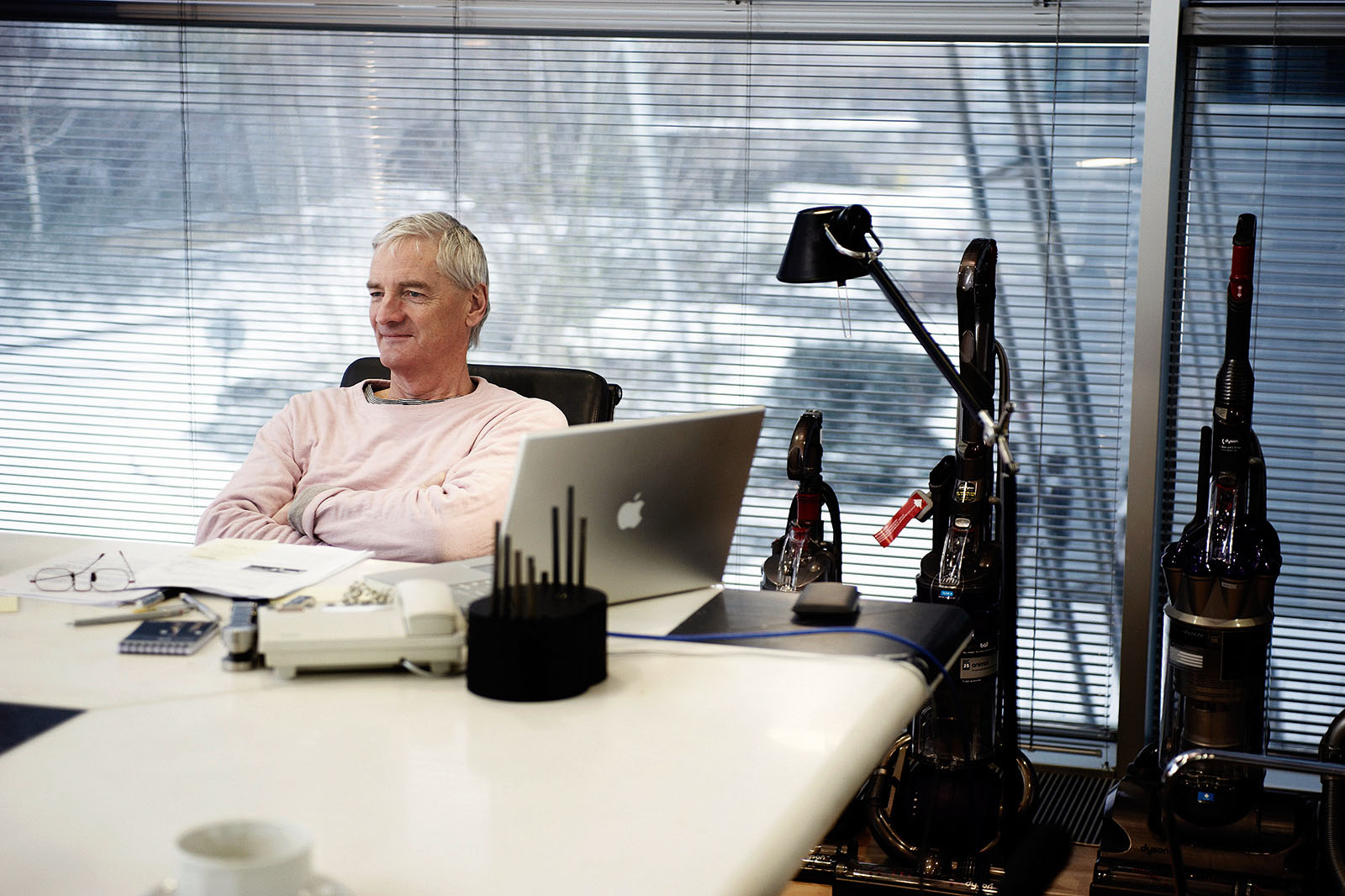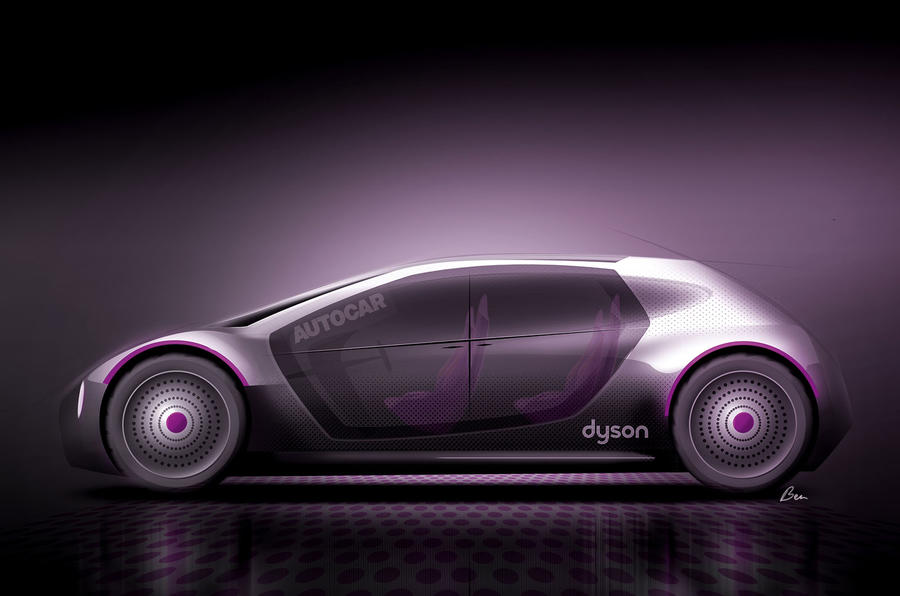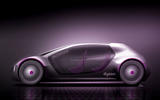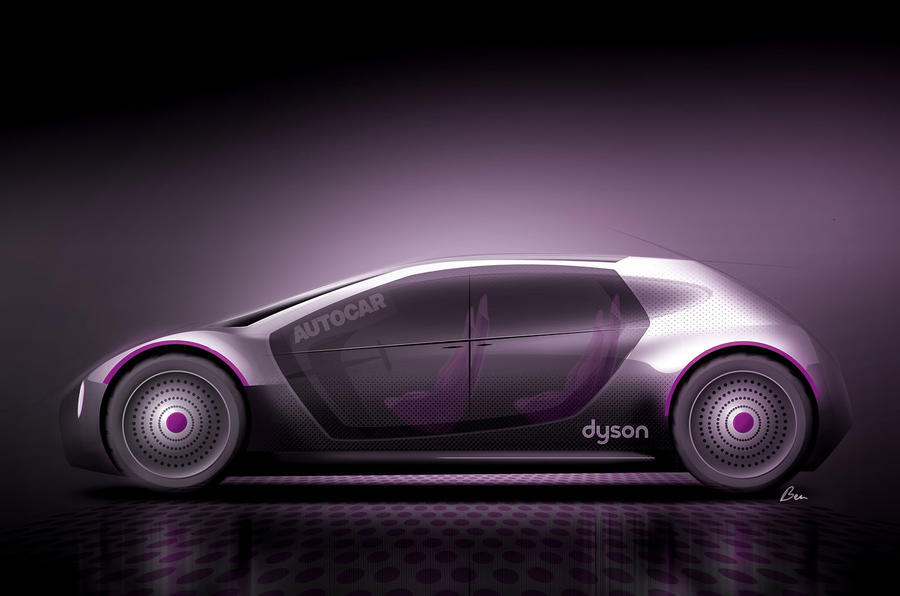Dyson, the innovative UK electrical appliance manufacturer, recently revealed that it is developing a “radically different” electric car that will go on sale in 2020.
NOW WE KNOW: Dyson electric car: new patents show mould-breaking design
The company is investing £2 billion in it and has a development staff of more than 400. Details of the nature of the car itself are scant, though. Sir James Dyson wrote in an email to employees: “Competition for new technology in the automotive industry is fierce and we must do everything we can to keep the specifics of our vehicle confidential.”

Despite this, it’s possible to hazard some idea of what a Dyson electric car might consist of, not least because Dyson himself has said: “There’s no point doing something that looks like everyone else’s. It is not a sports car and not a very cheap car.” On the basis of these not-insubstantial clues and others, Autocar has developed a projection of what the Dyson EV could look like and what features it might contain.















Join the debate
Add your comment
Just weird
i know much of this artical was written on excess fumes from a dodgy VW diesel but if the author seriously believes Apple's Project Titan has been abandoned then clearly Autocar might as well report on the future of the horseless carriage it is so out of touch with the realities of the future of the Electric car. You can see why traditional car makers like so many industries before them, just dont get the the threat from the high tech computer guys when industry magazines are so out of touch with what's going on.
Dyson? British? Ha!
Like their domestic appliances thrown together overseas, the quality will be abysmal, it'll break with alarming frequency, parts will cost a fortune, and it'll perform perhaps 25% as well as the marketing goons claim.
But if they can flog fan heaters for five hundred quid, then no doubt Dyson can find enough morons willing to buy their cars too.
Nice design
Nice "blue skies" car design however where are the batteries going to be stored? I do like the BMW e39 turbine like wheels and it's general form. I have had a dyson vacuum since early 2000's and they are cleverly designed, perhaps not built like a miele but they don't weigh a ton either and have a mega suction that's consistent and no excessive screws or other constructive elements that are not required and yes I have had the parts replaced as they broke but they were easy and possibly designed to be replaced by the end user. Dyson may change the car market as I suspect he has already done in the vacuum cleaner market.